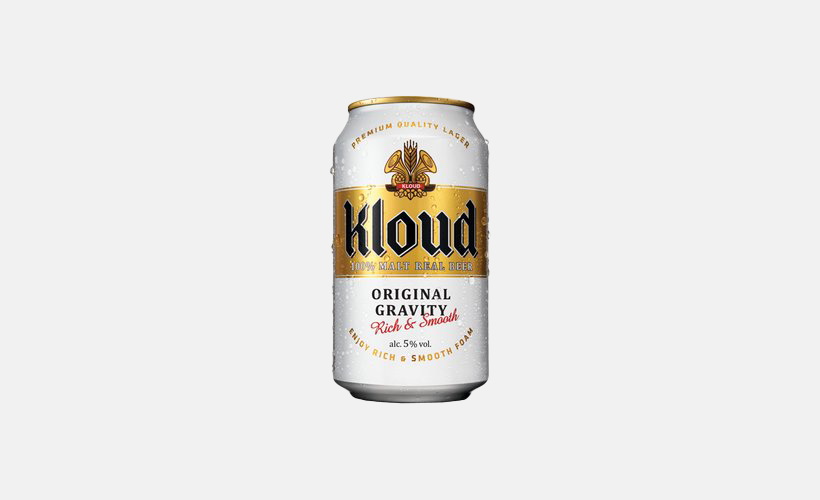Understanding 5% Alcohol: Is It Too Much? Health Impacts & Everyday Comparisons
Alcohol content plays a crucial role in how strong a drink is—and how it may affect your body. One of the most commonly asked questions is: “Is 5% alcohol a lot?” While 5% ABV (Alcohol By Volume) may sound moderate, understanding its effects, comparisons, and consumption risks is essential for making informed choices.
In this article, we’ll explore:
What 5% ABV means
How 5% compares to other beverages
Health effects of drinking 5% alcohol drinks
Safe consumption guidelines
Common myths and facts
What Does 5% Alcohol Mean?
When you see a drink labeled as “5% alcohol,” it refers to the percentage of alcohol (ethanol) by volume. In practical terms, this means 5% of the liquid in the bottle is pure alcohol.
Examples of 5% ABV Drinks
Most regular beers: Budweiser, Heineken, and Corona
Some ciders and hard seltzers: White Claw, Truly
Some wine coolers or flavored malt beverages
In short: 5% alcohol is typically found in light alcoholic drinks meant for casual consumption.
Is 5% Alcohol Considered Strong?
This depends on the context. Let’s compare it with other common drinks:
| Beverage Type | Typical ABV |
|---|---|
| Light beer | 3-4% |
| Regular beer | 4-6% |
| Wine | 12-14% |
| Vodka | 40%+ |
| Whiskey | 40-50% |
As you can see, 5% ABV is relatively low, especially when compared to wine or spirits. But even a low-alcohol drink can affect you depending on:
Your body weight and metabolism
How fast you drink
Whether you ate before drinking
Your tolerance or sensitivity to alcohol
How Much Alcohol is in a 5% Beer or Drink?
Let’s break it down further. A standard 12-ounce (355 ml) beer with 5% ABV contains about 0.6 ounces (14 grams) of pure alcohol. According to the CDC (Centers for Disease Control and Prevention), this qualifies as one standard drink.
If you drink:
1 can of 5% beer = 1 standard drink
2 cans = 2 drinks (and you may begin to feel tipsy)
4-5 cans = legally impaired in many regions
Key SEO Keyword Tip:
Search queries like “how many beers to get drunk” or “how strong is 5% alcohol” are commonly searched. Including breakdowns like this help capture those keywords naturally.
Effects of 5% Alcohol on the Body
Short-Term Effects
Consuming even one or two drinks with 5% alcohol can cause:
Mild relaxation
Lowered inhibitions
Slowed reflexes
Drowsiness
Light-headedness
At higher volumes, the effects intensify:
Impaired motor skills
Slurred speech
Nausea or vomiting
Increased heart rate
Long-Term Health Risks
Regular or excessive intake of 5% alcoholic beverages may lead to:
Liver damage (fatty liver, cirrhosis)
Heart disease
Increased cancer risk (especially mouth, liver, breast)
Addiction or alcohol use disorder (AUD)
Cognitive decline
Even though the ABV is low, frequent drinking adds up. That’s why moderation is key.
Is It Safe to Drink 5% Alcohol Daily?
Recommended Limits by Health Experts:
Men: No more than 2 standard drinks per day
Women: No more than 1 standard drink per day
That translates to:
Men: Up to 2 beers (5% each) per day
Women: 1 beer (5%) per day
However, daily drinking is not risk-free. Many health authorities recommend alcohol-free days each week to let your body recover.
How Long Does 5% Alcohol Stay in Your System?
Alcohol is typically metabolized at about 0.015% BAC (blood alcohol concentration) per hour. If you consume one 5% beer:
Your BAC increases by ~0.02–0.03%
It takes 1.5 to 2 hours to fully clear
If you drink multiple cans, it can take 6–12 hours for your body to metabolize all the alcohol.
Does 5% Alcohol Get You Drunk?
Yes, it can—depending on how much and how quickly you drink.
Factors That Affect Intoxication:
Body weight: Smaller individuals feel effects faster
Gender: Women generally metabolize alcohol slower
Food: Drinking on an empty stomach leads to quicker intoxication
Genetics: Some people have lower alcohol tolerance
Even 2-3 drinks of 5% ABV can put many people over the legal driving limit (0.08% BAC in many countries).
Comparing 5% Alcohol to Other Popular Drinks
| Drink | ABV | Drunk After (Avg) |
|---|---|---|
| Bud Light (4.2%) | 1-2 for buzz | 3-4 for tipsy |
| Heineken (5%) | 1-2 for buzz | 3-5 for drunk |
| White Wine (12%) | 1 glass for buzz | 2-3 for tipsy |
| Vodka Shot (40%) | 1 shot for buzz | 3+ for drunk |
Important Reminder: “Getting drunk” is not the goal for healthy drinking. Always prioritize moderation and safety.
5% Alcohol & Driving: Is It Safe?
Drinking even one 5% alcohol beverage can affect your reaction time. In most countries:
BAC limit is 0.08%
For new or commercial drivers, the limit may be 0.02% or zero
Rule of Thumb:
1 drink = wait 1.5 to 2 hours before driving
Better yet: Use a breathalyzer or choose not to drive
Common Questions About 5% Alcohol
Is 5% alcohol safe during pregnancy?
No. The CDC and WHO both state: No level of alcohol is safe during pregnancy. Even low doses can harm fetal development.
Can I drink 5% beer while on medication?
Many medications interact negatively with alcohol. Always consult your doctor or pharmacist before combining the two.
Is hard seltzer with 5% ABV healthier than beer?
Not necessarily. While seltzers may have fewer calories or carbs, they still carry the same alcohol content and risks.
How to Drink 5% Alcohol Responsibly
Eat before you drink
Pace yourself: 1 drink per hour is a good guide
Alternate with water
Know your limits
Never mix alcohol with driving, swimming, or operating machines


